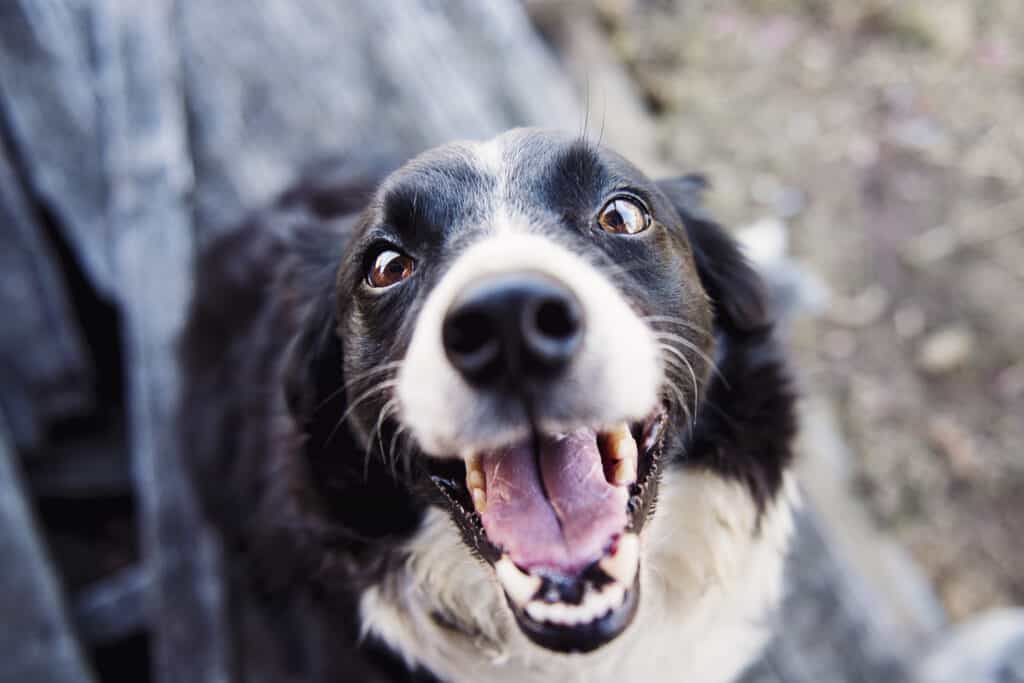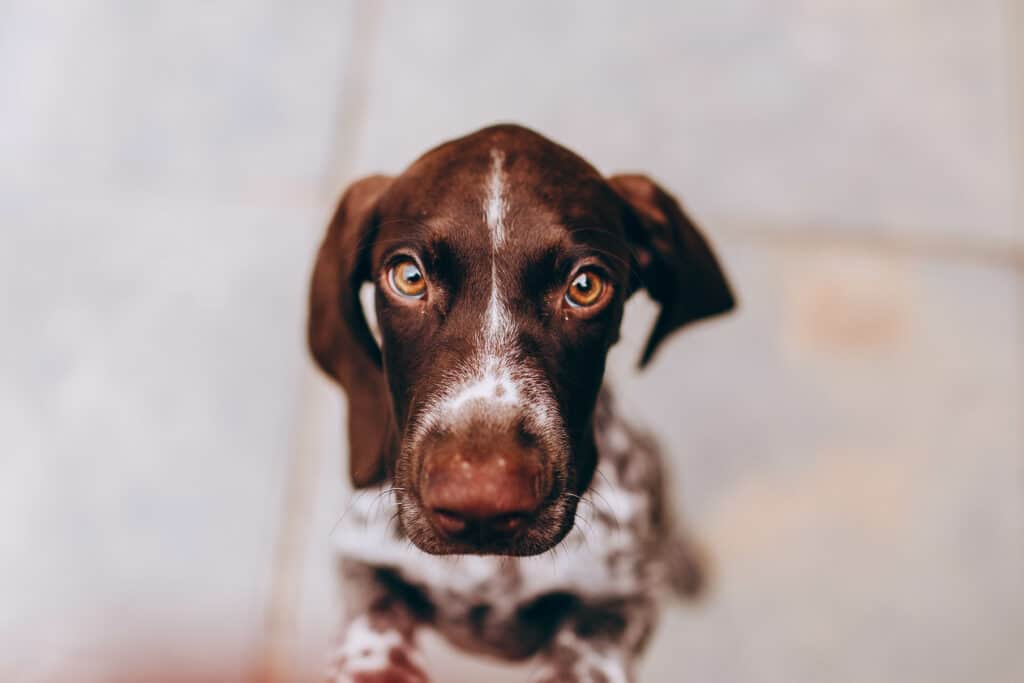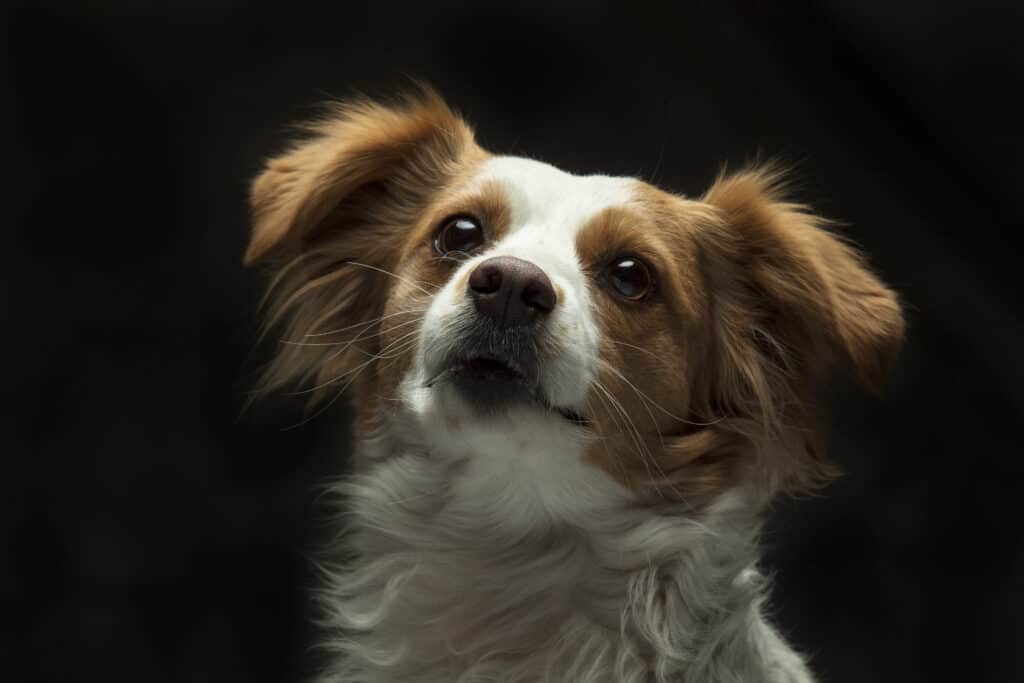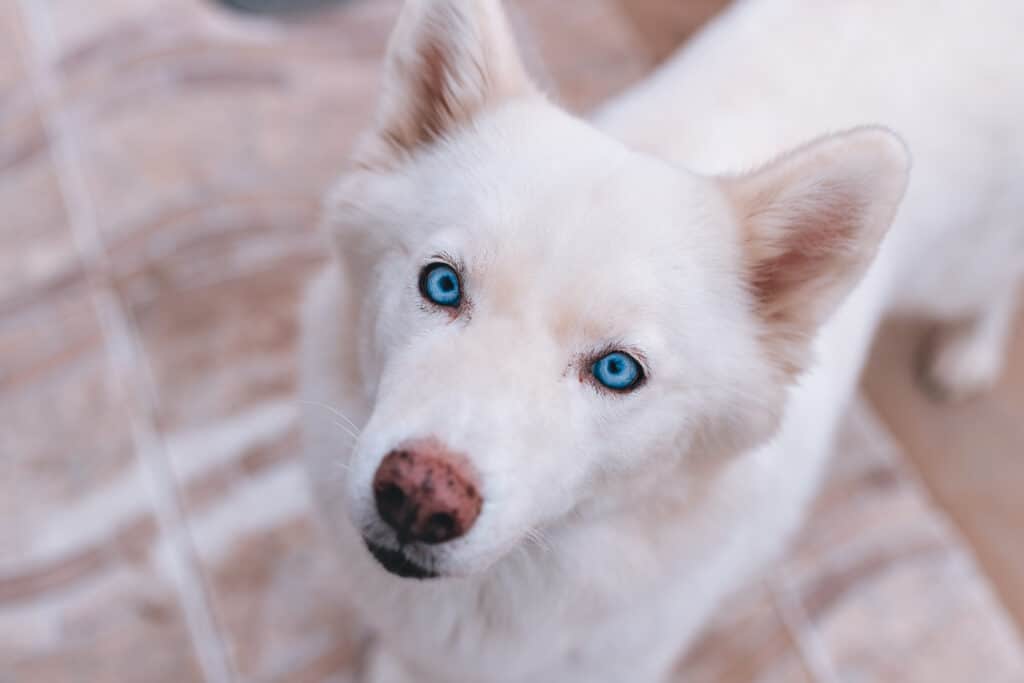Eyes really are the windows to the soul in all living things. Psychology proves that humans experience deep connections through gazing into eyes, thus opening a portal to feel something intense for the subject. With dogs being man’s best friend, that bond can be further encouraged by capturing incredible photographs of those gorgeous eyes!
That being said, if you’re ever tried to capture images of the beautiful emotion, you may have found that getting focus on eyes isn’t as simple as it seems. It’s a matter of having the right settings, getting the dog to look where you need to, and having proper catchlights bring attention to the eyes!
Tip 1: Nail Your Focus with the Right Settings
First and foremost, ensuring eyes are in focus boils down to the right settings. Much like the settings you’ll want to keep for capturing animals as a whole, keep in mind that dogs move around and you need to be prepared for that. The key to success here is the following:
- Switch to Spot Point Focus. By default, your camera focus points will be set to Area Autofocus. This means that the camera will try and determine what you want to focus on, and this isn’t very accurate. As such, you want to ideally switch your focus point to Spot Point Focus- this means that the camera will focus on whatever area you tell it to! You can control the focus points by using the dial or the switch button that moves around them.
- Next, put on Continuous Focus Mode. You need to switch your camera over to Continuous Autofocus (AI Servo in Canon, AF-C in Nikon, Continuous AI in Sony, etc.). Continuous Focus is when the camera’s focus keeps refocusing on the subject as it moves. So if the dog gets up mid-eye-shot, the camera can still keep the focus on the eyes.
- Continue by setting the camera to Burst Mode! Every camera has something called FPS, or Frames-Per-Second. What this discloses is how many pictures a camera can snap per second of shooting. This helps you take multiple shots so you don’t get a blinking one.
As well as this, bumping the aperture (or f/stop) up a few stops higher can take a bit of the difficulty out of focusing on the eyes. Sometimes focus issues have to do with the aperture being way too wide!
Tip 2: Use Toys, Treats, and Noises to Have Eyes Look At You

Depending on the dog you are capturing, you can use toys, treats, and noises to ‘manipulate’ where the eyes look. Try using a pet’s favorite toy or run through an arsenal of funny noises and see what works the best!
The key to this is learning how to use your camera handheld or have an assistant. If you are going handheld, use one hand to control the camera and the other one to hold the treat or toy directly above your lens so the eyes look there. Or, if you want the dog to look away, throw the treat or toy off to the side and be quick with the shutter! If you have an assistant, have them stand directly behind you and hold the toy or treat right above the lens.
Tip 3: Make Sure the Eyes are Facing the Light Source

You want those eyes to be bright and clear! As such, make sure that they face the light source so that the eyes are not dark from backlighting. Equally, capturing reflections really draws attention directly to the eyes as opposed to something else in the frame.
Make note that animal comfort and safety is much more important than the shot, so don’t have your dog stare directly into the sun or into a super bright light source. If you wouldn’t look in that direction, neither should the pup!
Tip 4: Keep the Catchlights in Mind

On the topic of reflections, if you’re shooting in a studio setting, catchlights become important. Catchlights refer to the reflection of a light source in the eye. The best place to put a light source, both for beautiful shots and for the catchlight, is directly above the subject at an angle. This ensures that the catchlights are not too low in the eyes because this looks awkward. Natural light sources, like the sun, are typically at an angle from above.
The shape also matters- which is why round or octagon shaped softboxes are recommended!
Tip 5: Vantage Point is Important

Vantage point is the perspective at which you see. With photography, vantage point refers to the perspective you take a photograph at (so, it’s what your lens sees!). For the eye level vantage point, shooting at the subject’s eye level is key! For pet photography, shooting at the pet’s eye level encourages the viewer to form a bond with the animal in the image because you look directly into the beautiful eyes.
In conclusion, if you keep the above 5 tips in mind, your dog eye photography will be splendid!

